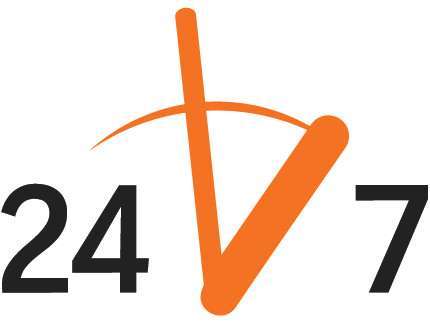Even After "Welfare Reform," In Many States, the Dole Pays Better Than Honest Work


Weren't we all told that welfare had been abolished back in the 1990s, and that now we live in a brand new world of personal responsibility? I could have sworn I heard something about that. As it turns out, though, the dole was rebranded, repackaged, and at least in some states, made more generous. A new report from the Cato Institute's Michael D. Tanner and Charles Hughes says that welfare benefits remain more generous than minimum-wage jobs in 35 states.
From the Cato Institute:
In 1995, the Cato Institute published a groundbreaking study, The Work vs. Welfare Trade-Off, which estimated the value of the full package of welfare benefits available to a typical recipient in each of the 50 states and the District of Columbia. It found that not only did the value of such benefits greatly exceed the poverty level but, because welfare benefits are tax-free, their dollar value was greater than the amount of take-home income a worker would receive from an entry-level job.
Since then, many welfare programs have undergone significant change, including the 1996 welfare reform legislation that ended the Aid to Families with Dependent Children program and replaced it with the Temporary Assistance to Needy Families program. Accordingly, this paper examines the current welfare system in the same manner as the 1995 paper. Welfare benefits continue to outpace the income that most recipients can expect to earn from an entry-level job, and the balance between welfare and work may actually have grown worse in recent years.
The current welfare system provides such a high level of benefits that it acts as a disincentive for work. Welfare currently pays more than a minimum-wage job in 35 states, even after accounting for the Earned Income Tax Credit, and in 13 states it pays more than $15 per hour. If Congress and state legislatures are serious about reducing welfare dependence and rewarding work, they should consider strengthening welfare work requirements, removing exemptions, and narrowing the definition of work. Moreover, states should consider ways to shrink the gap between the value of welfare and work by reducing current benefit levels and tightening eligibility requirements.
The full report, The Work versus Welfare Trade-Off: 2013 (PDF), is an interesting read, especially since it doesn't disparage the poor, but assumes that they're intelligent and often hard-working people who know a good deal when they're offered one. The fact is, taxes gobble up much of the value of wages and salaries, while the package of benefits extended to those who qualify is tax-free. As a result, it's not just grunt work that's out-paid by state (read: taxpayer) generosity. Tanner and Hughes point out:
In 11 states, welfare pays more than the average pre-tax first year wage for a teacher. In 39 states it pays more than the starting wage for a secretary. And, in the 3 most generous states a person on welfare can take home more money than an entry-level computer programmer.
According to the authors, the value of welfare benefits has actually increased in 32 states and the District of Columbia since the first report in 1995.
In that most generous state, Hawaii, for example, state benefits provide the equivalent of $49,175 per year, up from $41,910 in 1995 (adjusted for inflation). To equal the value of those benefits, a Hawaiian would have to take a job paying (before taxes) $60,590, up from $55,001 in 1995.
Follow this story and more at Reason 24/7.
Spice up your blog or Website with Reason 24/7 news and Reason articles. You can get the widgets here. If you have a story that would be of interest to Reason's readers please let us know by emailing the 24/7 crew at 24_7@reason.com, or tweet us stories at @reason247.


Show Comments (182)